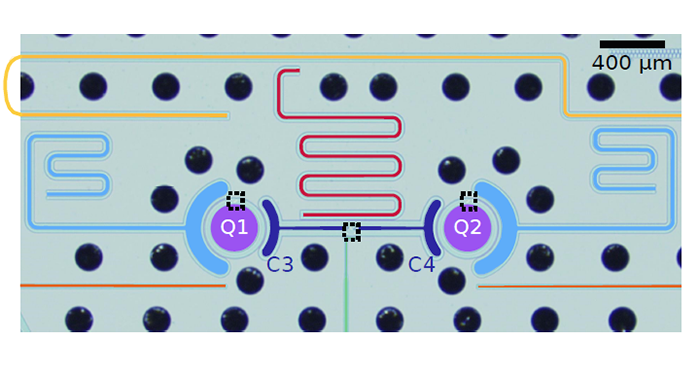While everyone knows that a good night’s sleep restores energy, a new Cornell University study finds it resets another vital function: memory.
Learning or experiencing new things activates neurons in the hippocampus, a region of the brain vital for memory. Later, while we sleep, those same neurons repeat the same pattern of activity, which is how the brain consolidates those memories that are then stored in a large area called the cortex. But how is it that we can keep learning new things for a lifetime without using up all of our neurons?
A new study, “A Hippocampal Circuit Mechanism to Balance Memory Reactivation During Sleep,” that has just been published in Science, finds at certain times during deep sleep, certain parts of the hippocampus go silent, allowing those neurons to reset.
“This mechanism could allow the brain to reuse the same resources, the same neurons, for new learning the next day,” said Azahara Oliva, assistant professor of neurobiology and behavior and the paper’s corresponding author.
The hippocampus is divided into three regions: CA1, CA2 and CA3. CA1 and CA3 are involved in encoding memories related to time and space and are well-studied; less is known about CA2, which the current study found generates this silencing and resetting of the hippocampus during sleep.
The researchers implanted electrodes in the hippocampi of mice, which allowed them to record neuronal activity during learning and sleep. In this way, they could observe that, during sleep, the neurons in the CA1 and CA3 areas reproduce the same neuronal patterns that developed during learning in the day. But the researchers wanted to know how the brain continues learning each day without overloading or running out of neurons.
“We realized there are other hippocampal states that happen during sleep where everything is silenced,” Oliva said. “The CA1 and CA3 regions that had been very active were suddenly quiet. It’s a reset of memory, and this state is generated by the middle region, CA2.”
Cells called pyramidal neurons are thought to be the active neurons that matter for functional purposes, such as learning. Another type of cell, called interneurons, has different subtypes. The researchers discovered that the brain has parallel circuits regulated by these two types of interneurons — one that regulates memory, the other that allows for resetting of memories.
The researchers believe they now have the tools to boost memory, by tinkering with the mechanisms of memory consolidation, which could be applied when memory function falters, such as in Alzheimer’s disease. Importantly, they also have evidence for exploring ways to erase negative or traumatic memories, which may then help treat conditions such as post-traumatic stress disorder.
The result helps explain why all animals require sleep, not only to fix memories, but also to reset the brain and keep it working during waking hours. “We show that memory is a dynamic process,” Oliva said.
The study was funded by the National Institutes of Health, a Sloan Fellowship, a Whitehall Research Grant, a Klingenstein-Simons Fellowship and a New Frontiers Grant.




















Discussion about this post